Over 60? Never Do These Exercises, Says Trainer
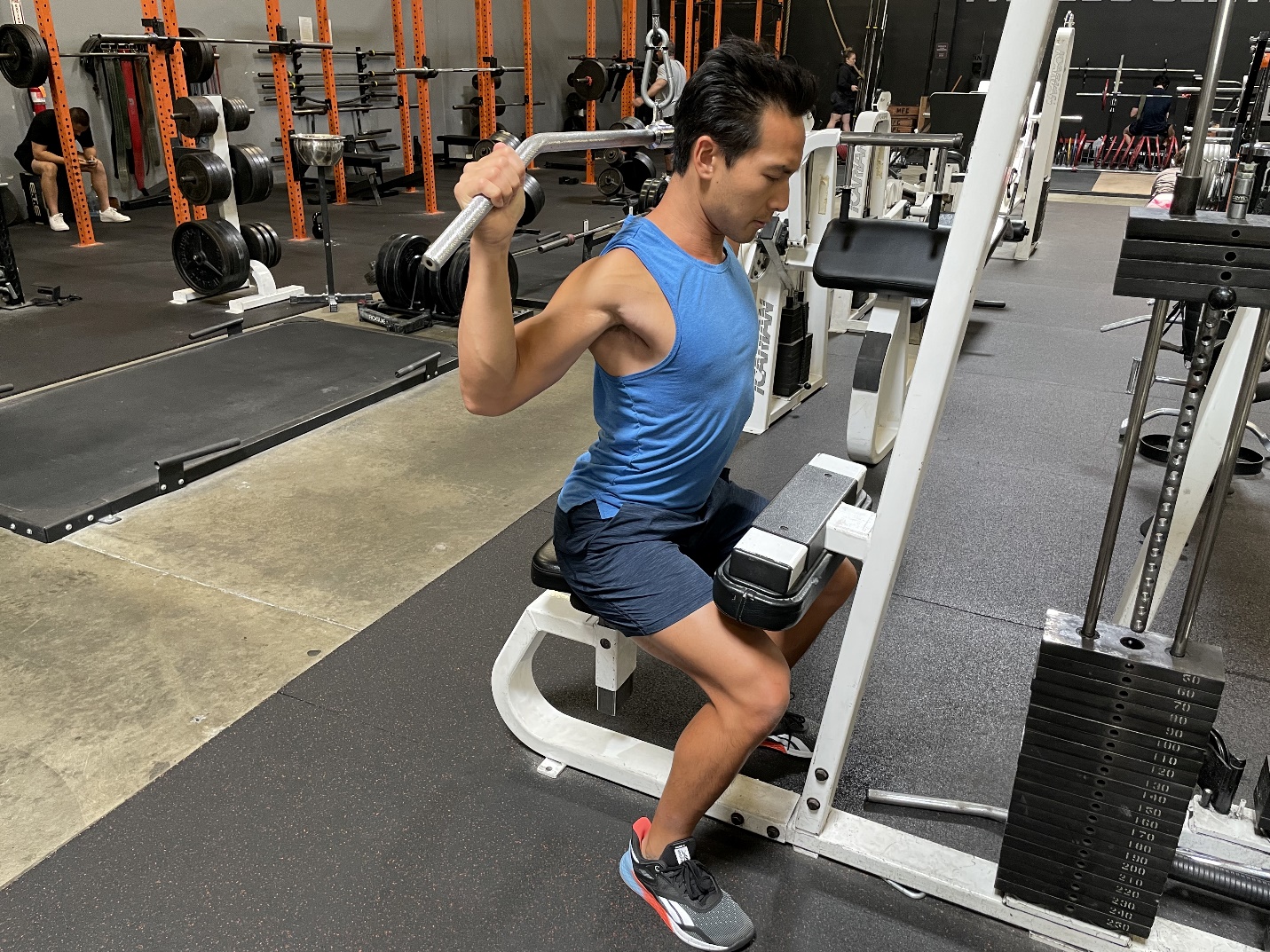
It’s important that as we get older, we modify our training slightly to accommodate our aging bodies. When you reach 60, according to Suzanne Andrews, president of Healthwise Exercise, your muscle mass will really start to decline. “After 60, you lose 3 percent a year, which comes out to about 4.5 pounds of muscle strength per year,” she says.
Also at that age, your joints simply won’t be what they used to be. This is why, in your 60-plus years, I’d strongly advise you to partake in a targeted strength-training regimen, utilizing your bodyweight and lighter, more manageable weights. Focus on your balance, your mobility, and working your muscles with a healthy range of motion. I’d advise lots of squats, lunges, pushups, step-ups, and great core exercises such as planks or bicycle crunches.
I’d also encourage you to avoid these three specific exercise moves that target one particular area of concern for people over 60: your shoulders.
Your shoulders can have a major impact on your quality of life you in your older years, and having strong, healthy shoulders—with a good range of motion—is crucial to getting through your days and continuing to live an active, healthy life. And it’s simply a fact that tearing your rotator cuff, and injuries like shoulder impingement (when your tendons rub against the bone), are increasingly more common after 60.
To help you protect one of your most important joints, I’d urge you to avoid the following three exercise moves, which I consider to be particularly bad actors for the over-60 crowd. Plus, I’ve included a two great moves you should do, as well. So read on, and happy training. And for more great exercise advice, check out the One Celeb Exercise Trick You Should Try at Home.
Don’t: Behind-The-Neck Pulldowns
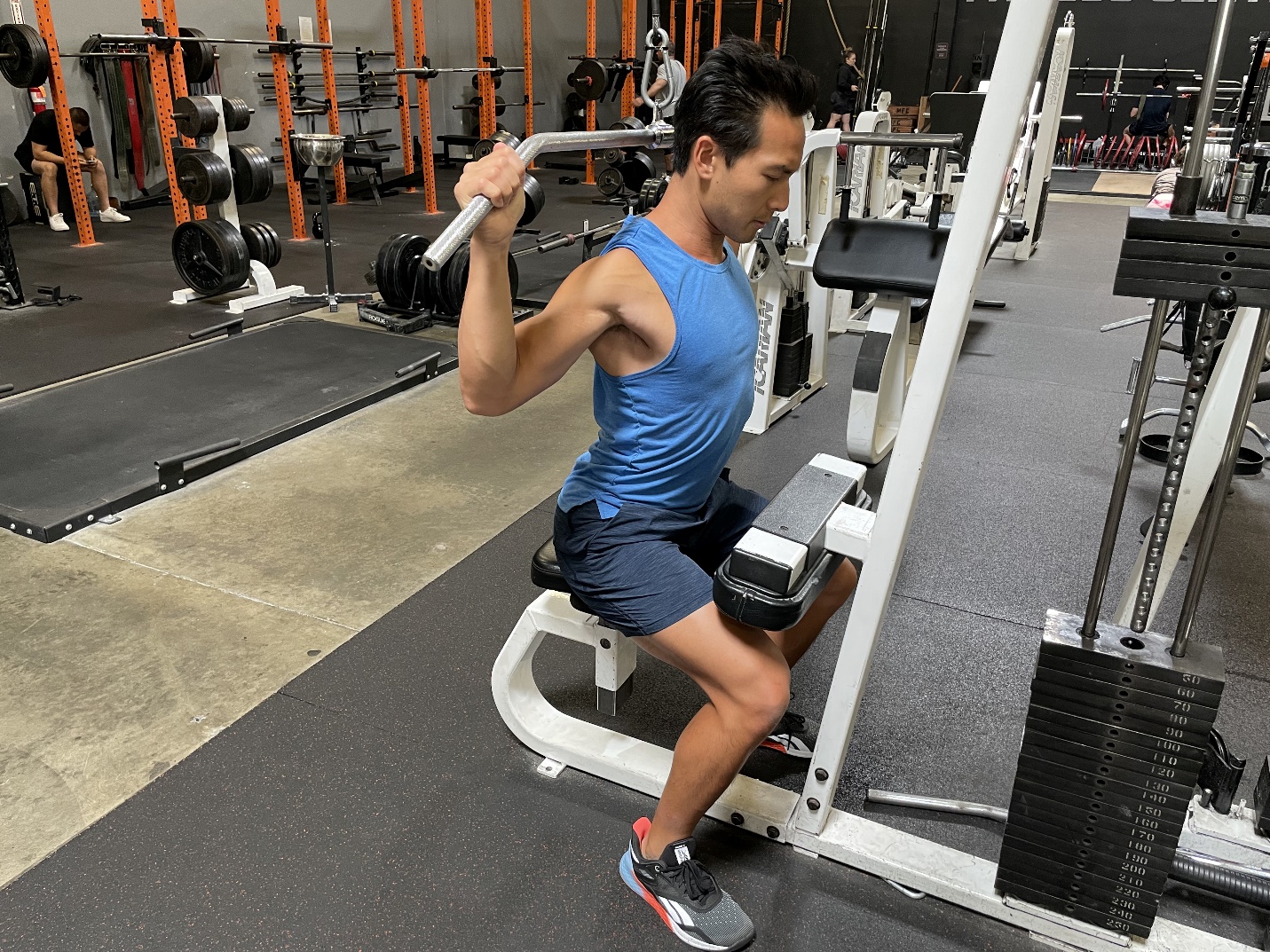
This exercise, even when done correctly, can place a lot of strain in the wrong areas—chiefly your neck and shoulders. What’s more: The move rotates your shoulders into a position that strains your rotator cuffs, which will pave the way for inflammation. “I’ve also seen guys pull the bar down so fast that they crack their spinous processes [little nubs on top of the vertebrae],” David Pearson, Ph.D., a professor of exercise science at Ball State University, once told us. And for more great exercise advice, don’t miss these Lean-Body Secrets from Exercise Experts Over 50.
Don’t: Barbell Overhead Press
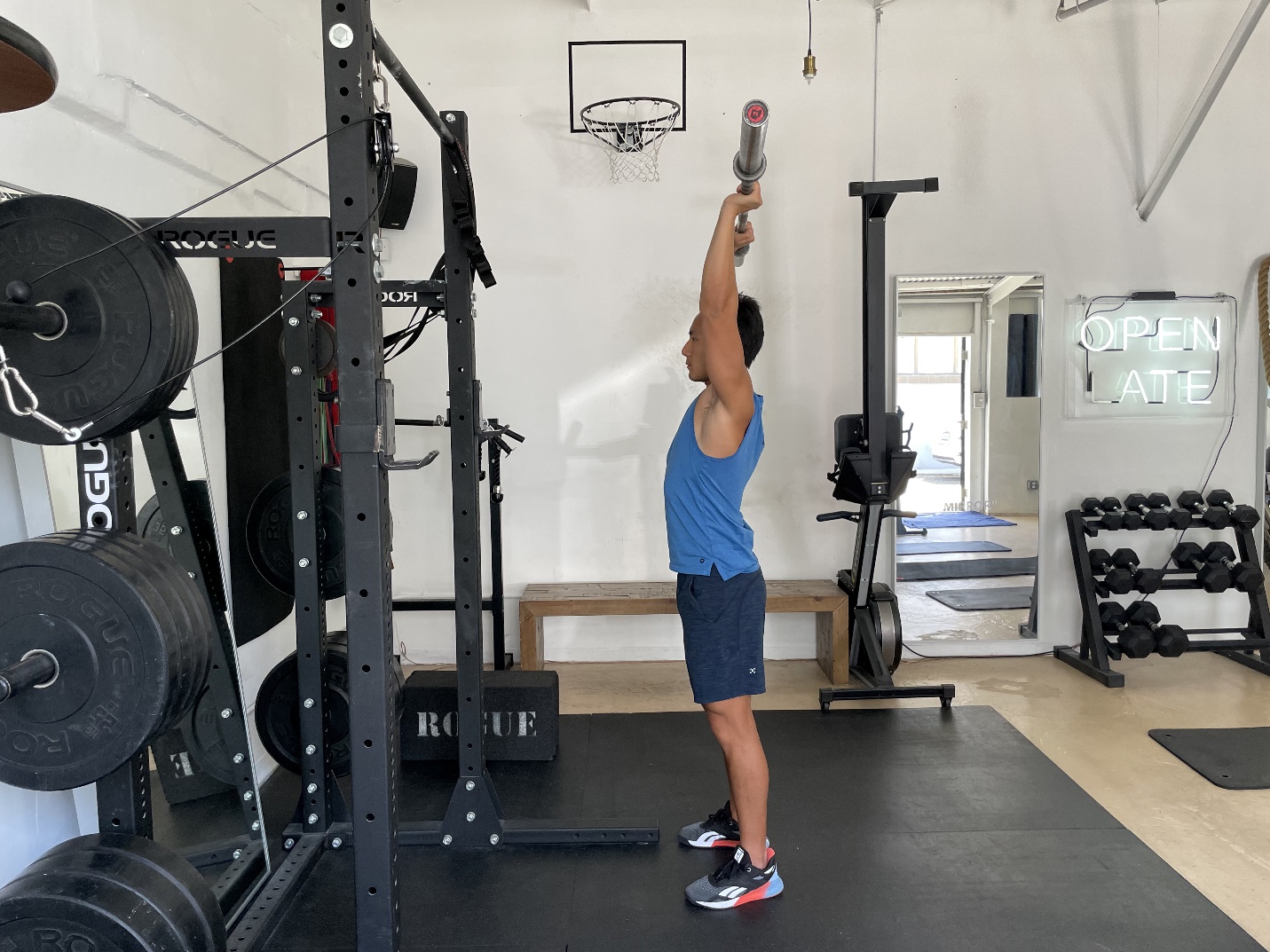
This move, which you may have enjoyed in your younger years, requires a high level of mobility in the upper back and shoulders. Given that our thoracic and shoulder mobility tend to decrease as we age, if you’re over 60, you may find that you tend to overcompensate too much with your lower back with vertical pushing movement patterns such as this one. I think you’re better off ignoring the barbell overhead press.
Don’t: Shrugs
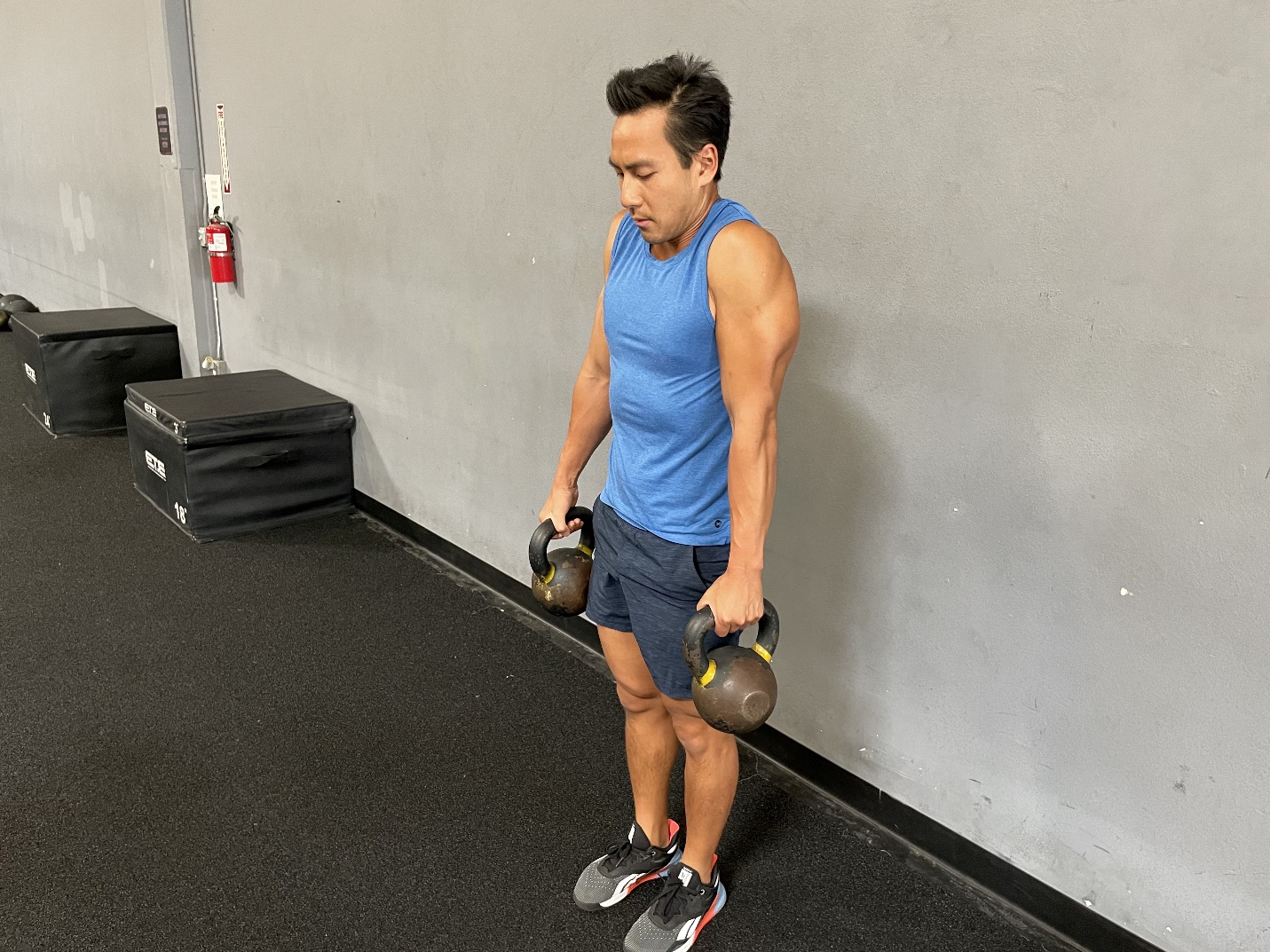
Here’s a geeky fitness fact: Most of us are very upper trap dominant and actually lack strength in the upper back and mid-low traps. Shrugs tend to exacerbate this imbalance by working the upper traps and neck muscles when it should be the reverse. For this reason, I’d urge you to ditch the shrugs and incorporate more pulling movements instead. And for some great strength-training moves to try, see here for the Secret Exercise Tricks for a Better Body After 40.
Do: Suitcase Deadlift (8-10 reps each side)
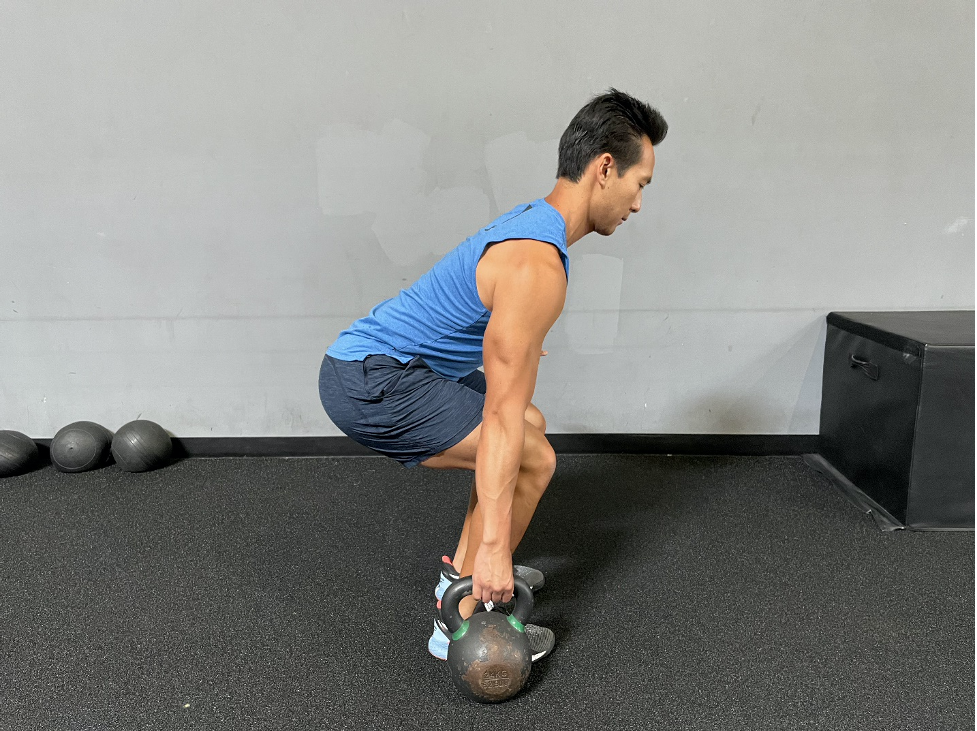
I love this exercise. It helps develop core strength between your left and right side and also teaches you how to properly hinge and pick things up off the floor properly without using your lower back. This is crucial as we continue to age.
Here’s how to do it: Start the movement by having a weight (kettlebell, dumbbell, or barbell) next to your side on the ground. Keeping your chest tall and core tight, push your hips back and sit down until you can grip your weight with your hand. Brace your core, then drive through your legs and hips to stand tall, squeezing your glutes hard to finish. Reverse the pattern back to start position before performing another rep.
Perform all of the prescribed reps on one side before switching to the other.
Do: Turkish Get-Up (3-5 reps each arm)
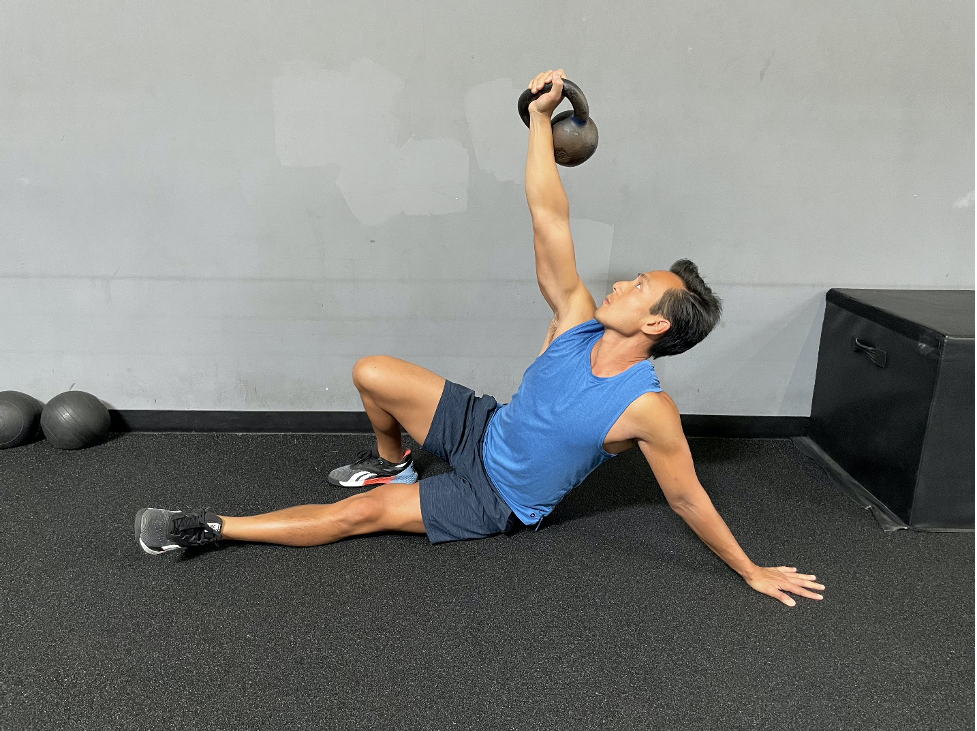
Turkish get-ups are one of my favorite exercises for full body mobility and stability. This is great for developing and maintaining hip, shoulder, and core strength.
Here’s how to do it: Begin the exercise by lying flat on the ground holding either a dumbbell or kettlebell above you with one hand and your knee bent and foot planted on the same side. With your opposite hand, plant it 45 degrees out to the side. Push through your planted foot and raise the weight to the ceiling.
As you come up, shift your body to opposite side and get up. Keeping your arm straight overhead, lift your hips off the ground until they are fully extended. Slowly begin bringing the opposite leg behind you so your knee is planted.
You should be in a lunge position with the hand, knee and foot in a straight line. From the kneeling lunge position, stand up straight with the bell overhead. Once you’re standing up, simply reverse the process step by step back to the floor while keeping your eyes on the weight. And for more great exercise advice you can try in your older years, check out the Essential Yoga Stretches for People Over 40.








